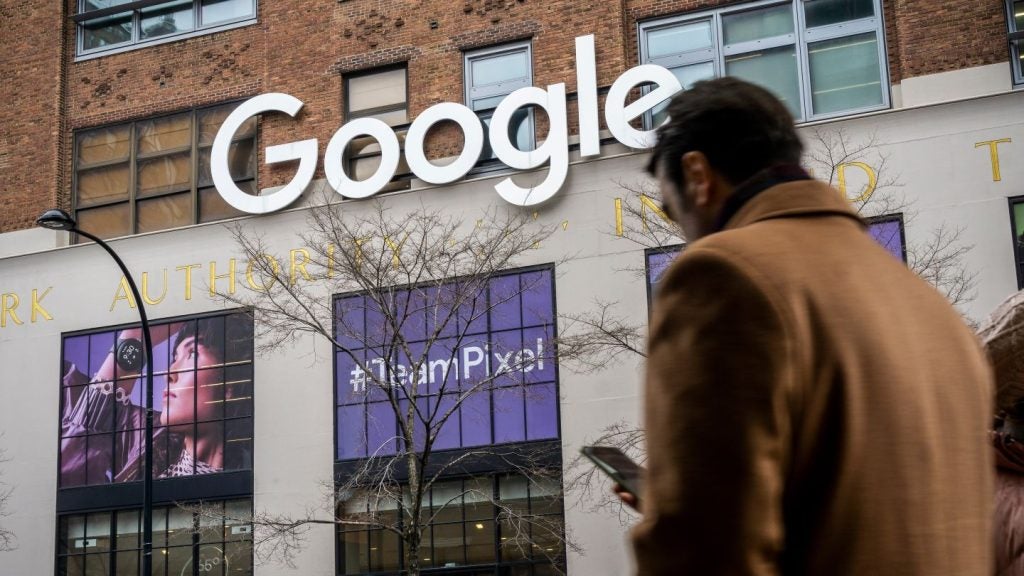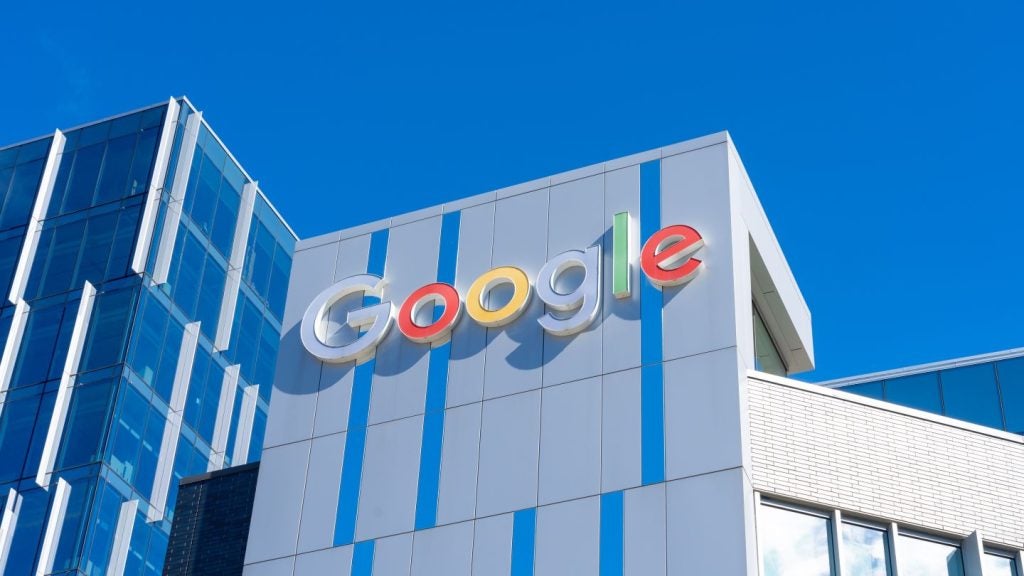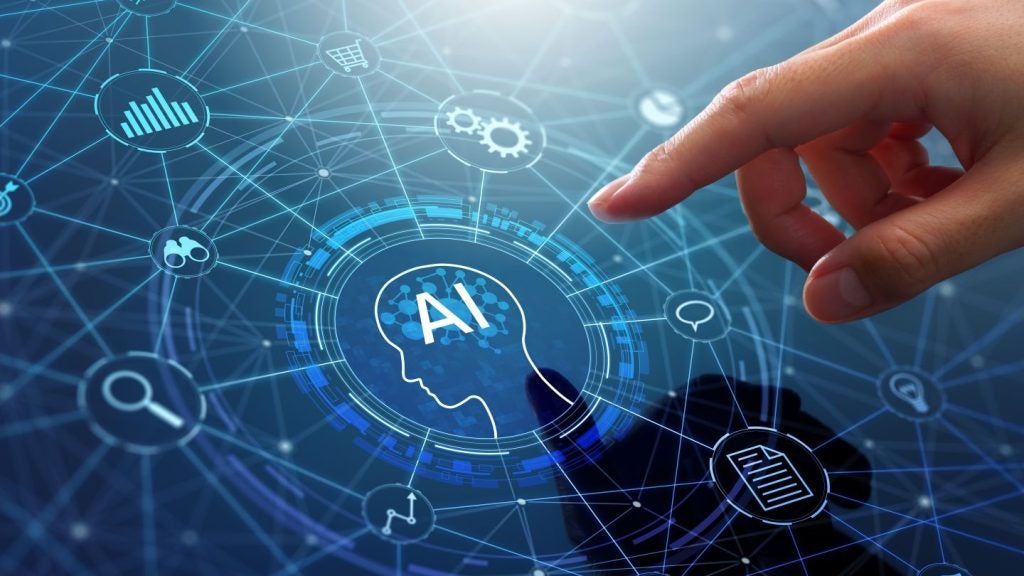
From initial applications and training, to workplace systems and most forms of workplace communication, technology is becoming an integral part of almost every career path. While many employees take for granted the benefits of using technology in the workplace, for some technology risks creating barriers rather than making jobs easier.
From learning difficulties such as dyslexia, hearing or visual impairments that impact communication to physical disabilities that may make using conventional hardware challenging, everyday tasks such as using a tablet, communicating via email or reading a document may become challenging or even impossible when accessibility is not considered.
According to the 2018 Labour Force Survey, disabled people are more than twice as likely to be unemployed as non-disabled people. If accessible technology does not become an integral part of the workplace, this risks worsening over time as every job is becoming more digital. However, innovations in accessible and assistive technology means that this does not have to be the case.
Verdict spoke to Microsoft’s accessibility lead and director of education to find out more.
Accessible technology remains lacking
Hector Minto, Accessibility Lead for Microsoft EMEA explains that much of the technology used in the workplace has not been designed with disability in mind, largely due to a lack of awareness:
“70% of disability is hidden. People in the workplace don’t necessarily share that they’re dyslexic or that they wear hearing aids and that the standard design of the technology doesn’t work for them. So we’re on a mission to make sure people with disabilities are designed in at the very start of this next stage of technology.”
In other words, for many employees or employers, the usability of the technology they deploy may not even be a consideration.
This has resulted in many being excluded from entering or progressing in the workplace due to a lack of support:
“What happens with kids with disabilities specifically is that employment becomes difficult. There’s double the unemployment in people with disabilities as not so what’s happening is kids are staying in education as long as they can and then the workplace is an increasingly inaccessible place to them.”
Removing accessibility barriers
However, a number of innovative solutions have emerged to remove barriers of accessibility. Technology such as hands-free mice, one-handed keyboards, screen readers and voice search make it easier for those with disabilities to carry out their jobs and bridge barriers in communication.
However, Minto believes that there is still some way to go to raise awareness of the benefits of accessible technology:
“When I ask most people ‘how does a blind person read an email?’ They have no idea. So when an employer is looking at who they’re bringing in…that barrier is already there in terms of knowledge. The more that we push the agenda in enterprise, hopefully what we’re doing is making the workplace ready for people with all sorts of disabilities.”
Microsoft recently announced that Immersive Reader, a Microsoft tool that reads out text, breaks words into syllables and increases spacing between lines and letters that has proven effective at helping those with dyslexia or anyone who finds it difficult to understand text, will be available for free in Microsoft Edge, Word, OneNote, Teams, Outlook and Flipgrid.
Windows 10 also includes an eye tracking feature, which helps those with mobility disabilities to navigate their screen.
Minto explains the origins of Voice Assistant:
“This came from a Microsoft hackathon where employees looked at dyslexia and realised that employees were being excluded from web content and documents and they got together to hack on this and it has now become a mainstream product.”
As technology is developing at a rapid pace, there is an opportunity to ensure that the next generation of technological solutions is developed with accessibility at is core, ensuring that people aren’t left behind by technology that doesn’t take their needs into account.
Minto believes that it is important for the technology industry to recognise this:
“We’re making a call out to the tech industry at large that actually there’s an opportunity to more inclusively design when you recognise the people that are excluded from technology as it stands today.”
Unlocking the potential of artificial intelligence
As AI becomes a more prominent feature of the workplace, it brings with it many benefits from an accessibility perspective. Closed captioning, voice recognition and screen reading are all made easier through the use of AI.
Hungarian company SignAll has developed the first automated sign language translator, which uses AI to translate sign language into text, enabling communication between deaf and hearing colleauges, and opening up opportunities in customer service scenarios.
Minto explains that the benefits of AI can be leveraged to improve accessiblilty:
“As people move to the cloud and as people start to involve AI, there’s a huge opportunity to make sure that technology is more routinely inclusive because, if you think about AI as technology that can hear, can see, can think, can speak, and then frame that around disability, it offers a huge amount.
“The fact is that we can autotranscribe speech to text, we can use machine learning to recognise what’s in a photo when an email is sent to a blind colleague, we’ve never had this before.”
The power of education
For Chris Rothwell, Microsoft UK’s Director of Education, using accessible technology in a way that opens up opportunities for those with disabilities or learning needs begins at school. He believes that embracing technology as a tool for learning can have huge benefits for the workplace:
“The more you create kids who are independent learners through improving accessibility…we don’t create a generation of kids with disabilities who are learnt dependent from the very start. We’ve got to start viewing technology for kids with disabilities as learned independence. This is where they can become self-learning.”
Rothwell believes that ensuring that technology does not act as a barrier for school-leavers entering the workplace is even more crucial in the context of a technical skills gap.:
“There’s a lot of discussion globally about the skills gap we all face. From an employer’s point of view, if you are excluding, either deliberately or not, any group by not having an inclusive workforce then you’re making your life considerably harder in terms of finding and recruiting and maintaining the talent that you want for your organisation.”
According to PWC, by the mid-2030s, up to 30% of jobs could be automatable. However, although fears that AI will make many human jobs redundant may be unfounded, Rothwell believes that the impact of technology, and the new skills required, may in fact be beneficial for those who in the past have been excluded:
“Technology will change what jobs there are and what skills you need to be successful in that job. For example being a solicitor is typically very data-oriented and involves a lot of search and discovery. AI’s pretty good at that. We’re not going to lose solicitors but the skills you need to be a good lawyer will change…will people who were excluded from those job roles in the past be included in the future and bring different types of solicitors into play?”
Read more: How assistive technology is helping people with learning disabilities







